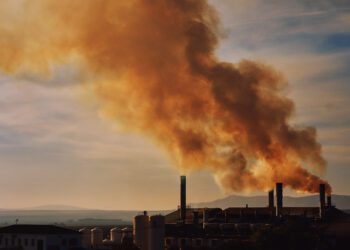The economic impact of the pandemic in Canada has been brutally unequal and threatens to last, but there are positives to be found in the predictions towards recovery.
All economic downturns include disparities. Inevitably, some people get harder hit than others. But almost a year into the COVID-19 crisis, the conclusions drawn from the data in Canada are clear: the impact of the coronavirus pandemic is especially unequal.
More than a million Canadians remain under- or unemployed while millions more have simply adjusted to working from home. The second wave of COVID-19 cases and increased restrictions in many parts of the country have pummeled citizens who were already vulnerable. On the other hand, Canadians who were lucky enough to keep their jobs have been able to save more than $170 billion on things like travel, commuting, and child care.
Stock markets have soared to all-time highs even while the global economy collapsed. Since bottoming out last April, both the Dow and the S&P are up more than 60%. The sale of recreational real estate, such as cottages, has soared 11.5% in the first nine months of 2020.
It is the definition of what is known as a K-shaped recovery, i.e. people on the lower branches of the tree have seen their fortunes fall and are yet to recover them while those higher up have prospered. And the effect may linger long after the pandemic is over.
“Some of these effects could end up being permanent, and the bottom part of the K could persist for quite a while,” said former Bank of Canada governor Stephen Poloz, speaking at an online event on Jan. 13 hosted by Western University’s Ivey Business School.
The concern for many is that the deepening inequality of the downturn will lead to what economists call scarring: long-term job losses that result in lower growth and drag the economy down as a whole.
Poloz believes the key right now is to support Canadians who are still suffering financially. He pointed out that interest rates remain at historic lows.
“The main thing is for us to focus on boosting growth,” he said. “I’m hopeful that, in this context that we find ourselves, we can have more federal and provincial collaboration that allows us to do some things that will boost growth forever.”
On the positive side, most experts agree the recovery is almost upon us. Daily coronavirus case numbers are finally starting to decrease. Vaccines are beginning to roll out, albeit slowly. Economic forecasts from the major Canadian banks suggest impressive growth in April, May, and June. Even taking into account a negative quarter of growth to start the year, economists are predicting GDP will come in around 4.5-5% for 2021 and at a similar level in 2022.
It may sound like false optimism for those hit worst by the crisis, but the reality is that it’s been decades since Canada has enjoyed that level of growth. If and when it comes, it will mean investment and building—and that means jobs will be created. It means everyone will benefit in the long run.
It means there is hope on the horizon, and after such a dark winter that’s what truly counts.












